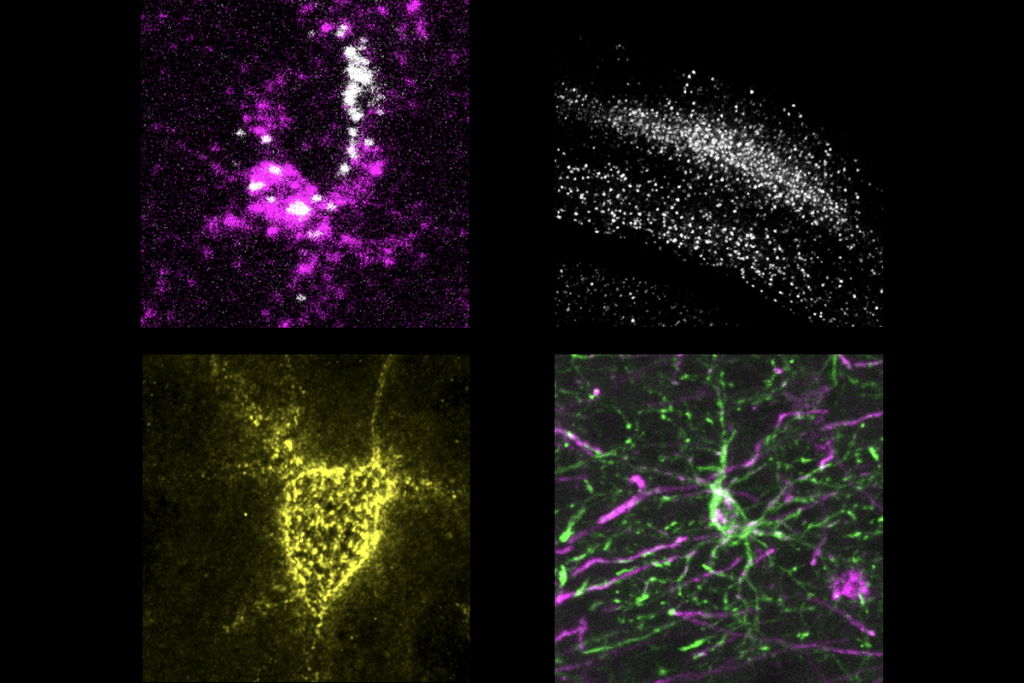WCPG 2011
Recent articles
Ambitious U.K. project set to sequence 10,000 genomes
The largest and most ambitious genome-sequencing project to date aims to identify rare variants and study their association to disease traits in 10,000 people.

Ambitious U.K. project set to sequence 10,000 genomes
The largest and most ambitious genome-sequencing project to date aims to identify rare variants and study their association to disease traits in 10,000 people.
Autism exome study pinpoints mutations in brain genes
Children with autism carry many more spontaneous point mutations in genes expressed in the brain compared with their unaffected siblings, according to unpublished findings presented Monday at the World Congress of Psychiatric Genetics in Washington, D.C.

Autism exome study pinpoints mutations in brain genes
Children with autism carry many more spontaneous point mutations in genes expressed in the brain compared with their unaffected siblings, according to unpublished findings presented Monday at the World Congress of Psychiatric Genetics in Washington, D.C.
Researchers identify gene regulating amygdala volume
A variant of the FGF14 gene may decrease the volume of the amygdala, a brain structure needed to interpret emotions in facial expressions, according to results presented on Sunday at the World Congress of Psychiatric Genetics in Washington, D.C.

Researchers identify gene regulating amygdala volume
A variant of the FGF14 gene may decrease the volume of the amygdala, a brain structure needed to interpret emotions in facial expressions, according to results presented on Sunday at the World Congress of Psychiatric Genetics in Washington, D.C.
Explore more from The Transmitter
Astrocytes stabilize circuits in adult mouse brain
The glial cells secrete a protein that suppresses plasticity post-development.

Astrocytes stabilize circuits in adult mouse brain
The glial cells secrete a protein that suppresses plasticity post-development.
Profiles of neurodevelopmental conditions; and more
Here is a roundup of autism-related news and research spotted around the web for the week of 5 January.

Profiles of neurodevelopmental conditions; and more
Here is a roundup of autism-related news and research spotted around the web for the week of 5 January.
The 1,000 neuron challenge
A competition to design small, efficient neural models might provide new insight into real brains—and perhaps unite disparate modeling efforts.

The 1,000 neuron challenge
A competition to design small, efficient neural models might provide new insight into real brains—and perhaps unite disparate modeling efforts.